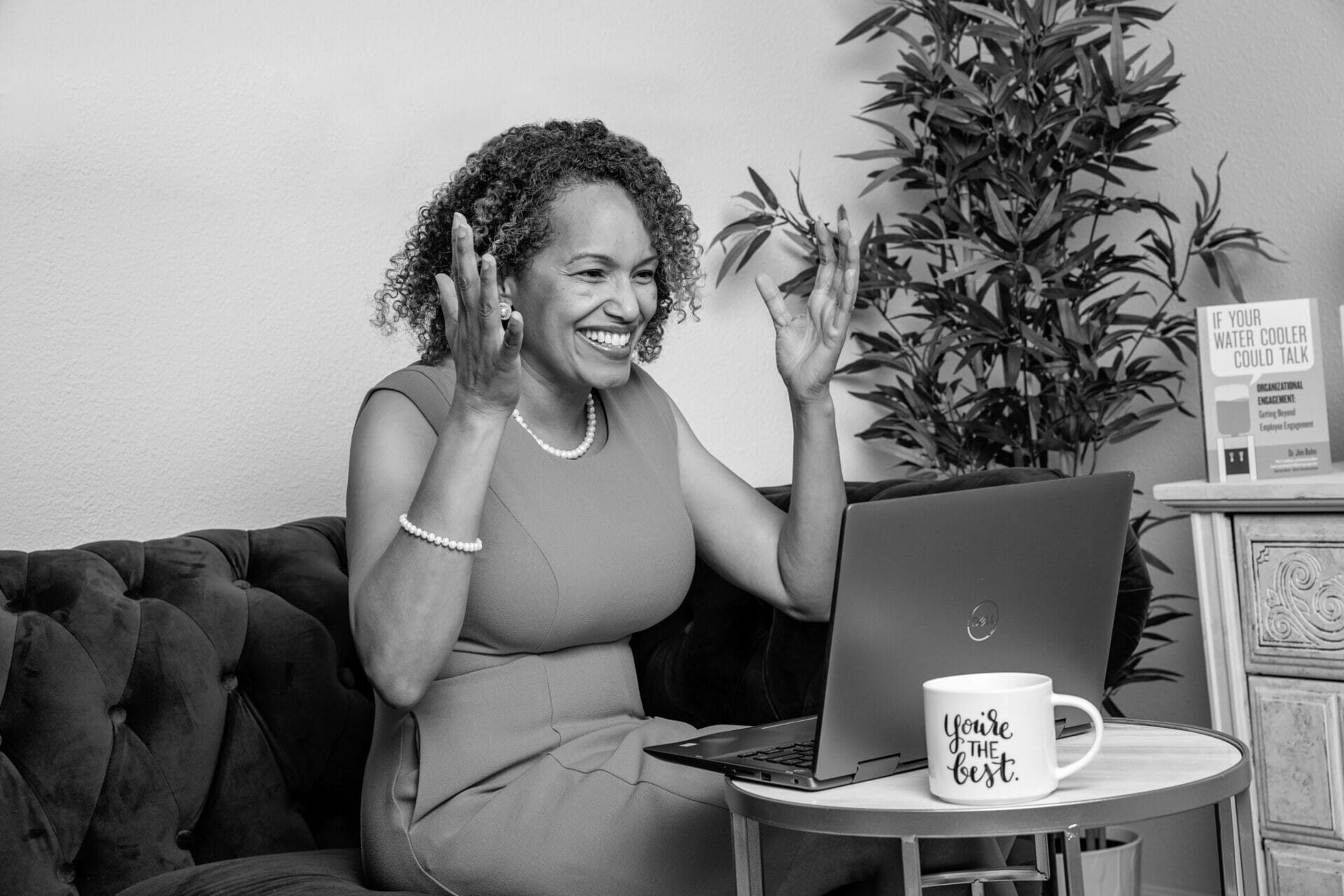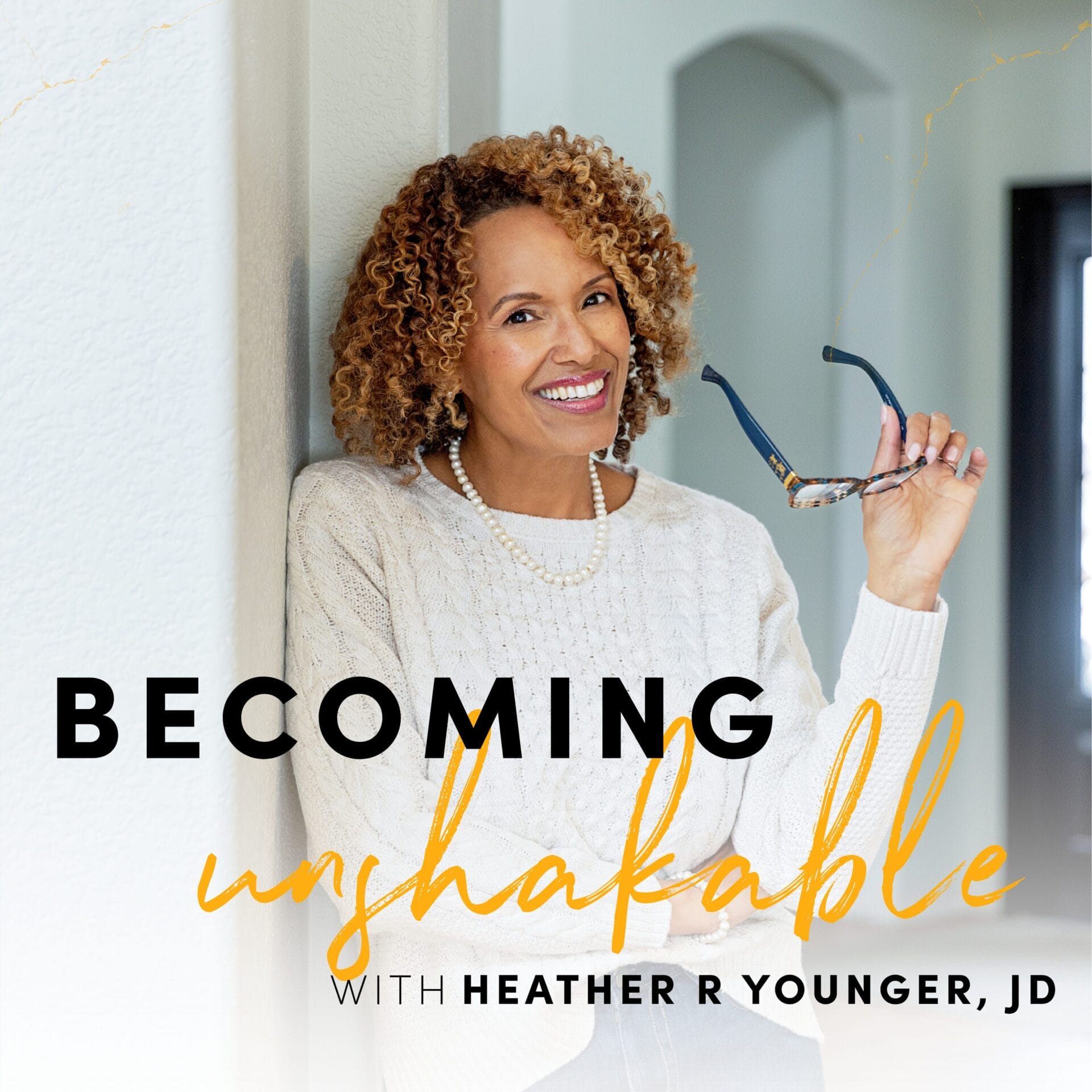As a diversity, equity, and inclusion consultant, my clients often ask me, “what does inclusion mean?” But the more apt question would be, “what does inclusion mean to you?” We each carry within ourselves entirely unique backgrounds and identities, and those subjective experiences invariably determine what we consider truly inclusive environments. As a result, inclusion will look, sound, and feel completely different to different people.
So what does inclusion mean to me, Heather Younger?
Let’s start with the basics.
To me, inclusion does not mean the exclusion of others. It means embracing every member of your team with open arms despite whatever differences distinguish them. But it also means not quite erasing those differences for the sake of superficial unity. In honoring those distinctions, we transform would-be outsiders into welcomed insiders.
To me, inclusion means full and unconditional acceptance. I often say that acceptance sets us all free, and I believe this is so because acceptance is the primal core of our needs. When we’re born into our parents’ arms, we want them to accept us—flaws and all. We have a deep-set desire to be seen and loved for who we are, and one way to do this at work is to accept our people however they come to us, including their past baggage. Inclusion is the comfort in meeting others in their fullness, and accepting whatever messiness or complexity that entails.
To me, inclusion means empowering those we lead, not belittling them by way of passing judgment, micromanaging, or banishing all talk of personal matters from the office. It means you work with them to collaboratively push through tough projects, you demonstrate trust by intentionally delegating big projects, and you respectfully ask about their personal life to signal you care about their entire experience as a human. When employees notice this level of compassion, they feel they can show up for their workday as their authentic selves.
To me, inclusion means having tough conversations. This includes welcoming dissenting or controversial opinions to the discussion, because everyone should feel safe enough to voice their perspective in an inclusive environment, even if it goes against the grain. It’s really easy for us to invite those we like, those who look like or act like us, or those we agree with to the table. Nonetheless, our invitations, whether implicit or explicit, must advance and include the whole of our team, especially those from minority viewpoints or identities. In this sense, inclusion is an acknowledgement that every team member is a human being worthy of respect, dignity, and the benefit of the doubt. It is both the invitation to speak and the validation that you heard them that makes all the difference in helping everyone feel supported.
Perhaps the crux of my definition of inclusion is an emphasis on family in the broadest sense of the word. As I deliver keynotes on stage on this very topic, my sole purpose is to bring everyone into community with me, and create a safe atmosphere of mutual acceptance. My goal is to create a family, even temporarily. If my audience feels truly accepted, just for a moment, I know I’ve done my job and created a culture of inclusion, and that’s what inclusion means to me.





A very practical and insightful article.Thanks.The seminal question is how do we get there?..N-j0y..nAz
Thank you for commenting, Robert. I know the the journey is a hard one, especially in a culture like this. Keep the focus on what you can control and influence first. All the others, you either have to let it go or move on. Other will begin to emulate and see why its important to show up with care.
Heather
People want to know that they belong, that we want them with us, that we expect them there and that they are valued there. If we open our minds to the strengths of all, it makes it easier to create this culture. Thanks, Nazeer.
Heather